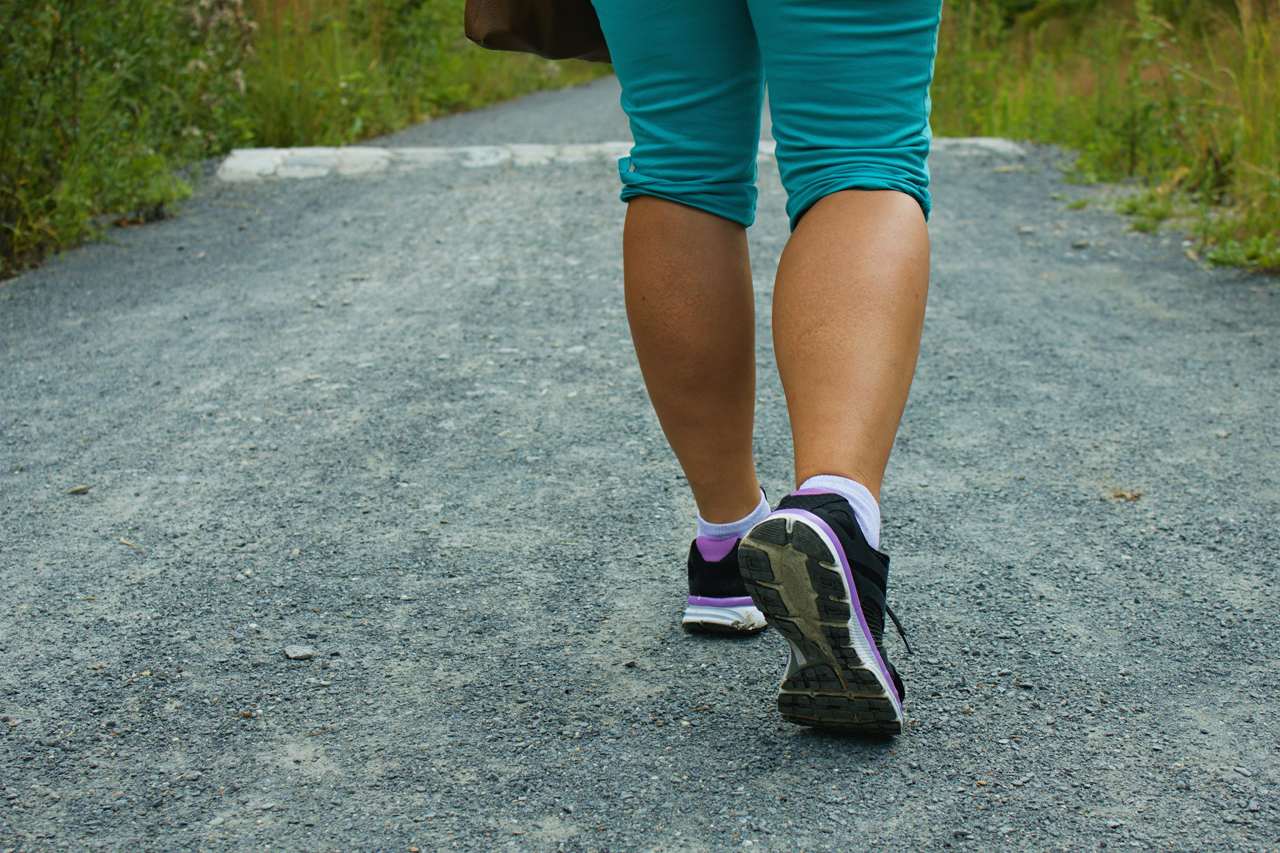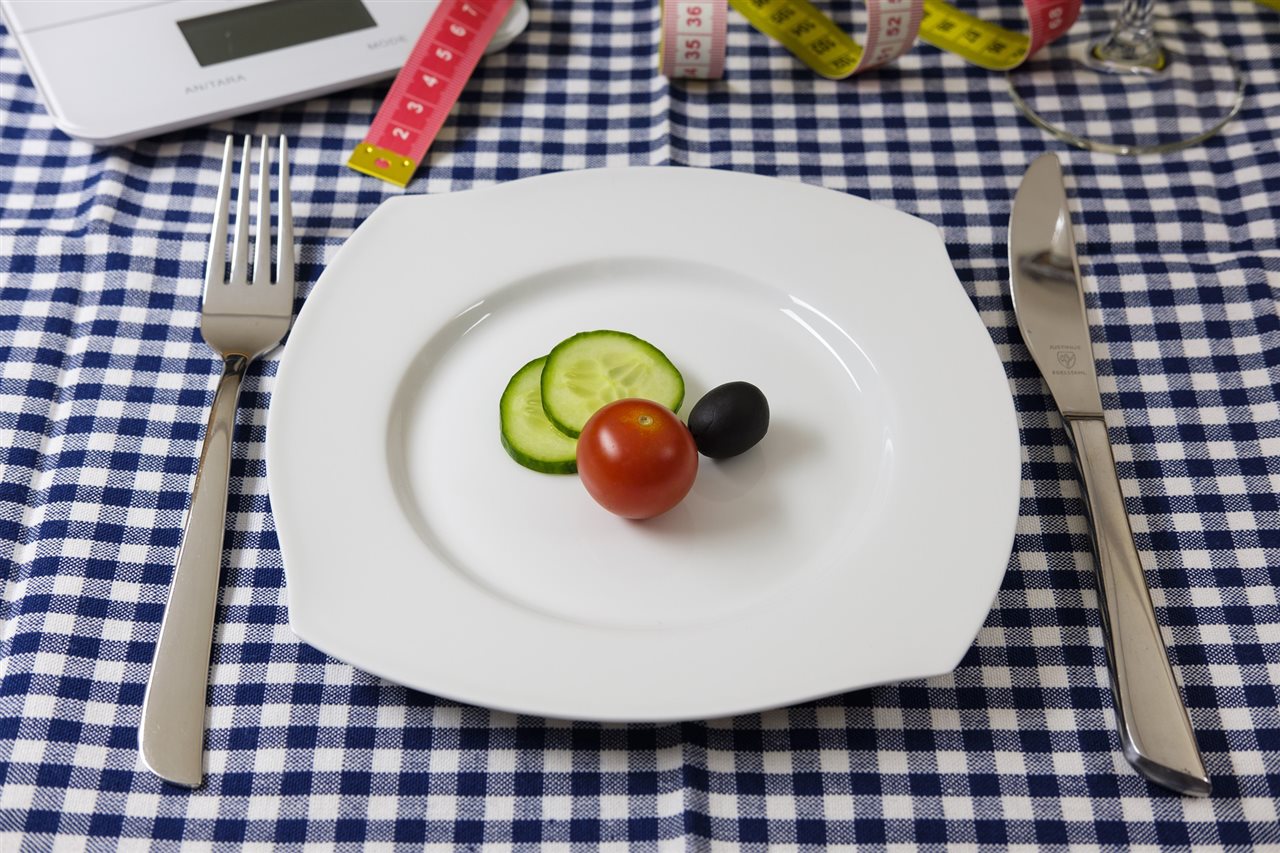2018-03-29T15:29:00
(BPT) – With spring having officially begun, many eager homeowners and landscape professionals across the country will roll up their sleeves and reach for their shovels to start projects that require digging this season.
During the transition into “digging season,” Common Ground Alliance (CGA), the organization dedicated to protecting underground utility lines, people who dig near them, and their communities, reminds homeowners and professional diggers that calling 811 is the first step toward protecting you and your community from the risk of unintentionally damaging an underground line.
Every digging project, no matter how large or small, warrants a free call to 811. Installing a mailbox or fence, building a deck and landscaping are all examples of digging projects that should only begin a few days after making a call to 811. Calling this number connects you to your local one-call utility notification center.
According to data collected by CGA in a phone survey in February, millions of American homeowners will likely do DIY projects involving digging this year, but 36 percent of them do not plan to make a free call to 811 before digging. Extrapolated to the full population of U.S. homeowners, approximately 48.3 million people will dig this year without first calling 811.
A utility line is damaged every nine minutes in America because someone decided to dig without making a call to 811 to learn the approximate location of buried utilities in their area. Unintentionally striking one of these lines can result in inconvenient outages for entire neighborhoods, serious harm to yourself or your neighbors, and significant repair costs.
As a result, CGA offers the following tips to make sure you complete your project safely and without any utility service interruptions, so you don’t become a statistic.
Here’s how the 811 process works:
1. One free, simple phone call to 811 makes it easy for your local one-call center to notify appropriate utility companies of your intent to dig. Call a few days prior to digging to ensure enough time for the approximate location of utility lines to be marked with flags or paint.
2. When you call 811, a representative from your local one-call center will ask for the location and description of your digging project.
3. Your local one-call center will notify affected utility companies, which will then send professional locators to the proposed dig site to mark the approximate location of your lines.
4. Only once all lines have been accurately marked, carefully dig around the marked areas.
There are nearly 20 million miles of underground utility lines in the United States, which equates to more than a football field’s length of utilities for every person in the U.S. Your family depends on this buried infrastructure for your everyday needs including electric, natural gas, water and sewer, cable TV, high-speed Internet and landline telephone. With that much critical infrastructure underground, it’s important to know what’s below and call 811 before digging.
To find out more information about 811 or the one-call utility notification center in your area, visit www.call811.com.













